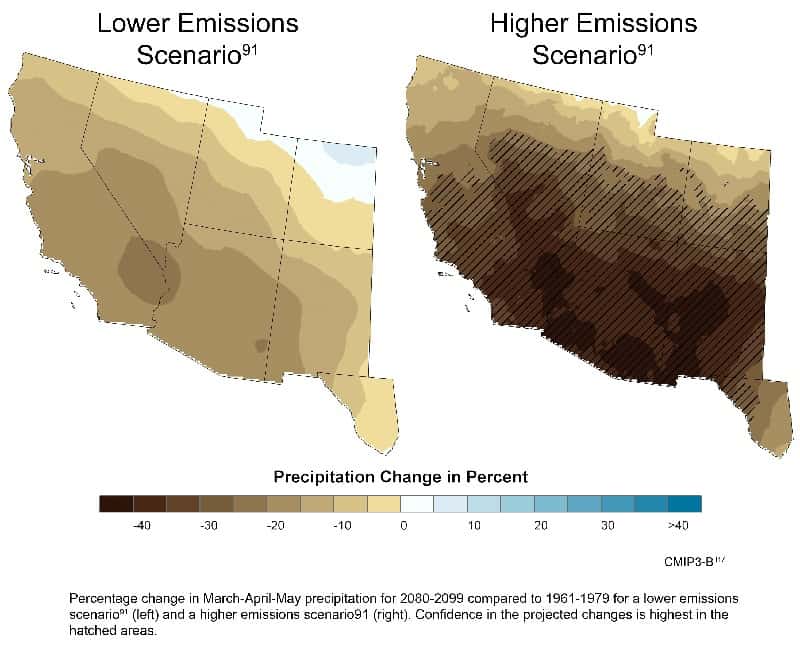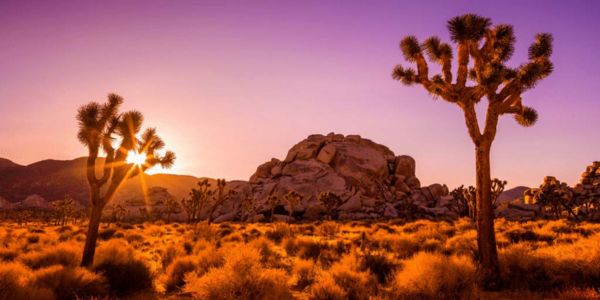Historical Archive for Reference Only
Impacts of global warming
Impacts of Global Warming (last updated 2010)
In 2010, the National Academies of Science released a series of reports highlighting both the threats from global warming and the path to solutions. Among the findings, in the past 50 years, temperatures have risen more than 2˚F in the United States and are projected to continue rising. In addition, sea levels have risen along most U.S. costs, with increases of greater than 8 inches reported along the Gulf and Atlantic. And although increases of precipitation are projected, seasonal decreases in precipitation of up to 40% are expected in parts of the U.S.
But the impacts don’t end there. In the U.S., the impacts of global warming are either occurring now, are projected to occur, or are projected to worsen over time. Among other things:
- Water resources will be stressed.
- Agricultural production will be “increasingly challenged.”
- Increased fire risk and insect infestations in western forests.
- The coasts, particularly along the Atlantic and Gulf Coasts, Pacific Islands, and parts of Alaska, are at “increasing risk from sea-level rise and storm surge.”
- Increased human health risks, including health impacts related to heat stress, waterborne diseases, polluted air, and extreme weather.
- Exacerbate existing environmental and public health impacts resulting from air pollution, population growth, urbanization, unsustainable use of resources, and other social, economic, and environmental stresses.
- Will push ecological systems beyond the thresholds needed to sustain populations and habitat of wildlife, fish, and plants, particularly those dependent upon Arctic and alpine ecosystems.
- Decreased economic stability, including impacts to ski, recreation, and tourism sectors, agriculture, the transportation infrastructure that support the U.S. economy, among other industries.

Read more in the report, Global Climate Change Impacts in the United States.
In the American West, the impacts of global warming are projected to be more pronounced. For example, arid regions in the west and southwest projected to be hit by springtime decreases in precipitation of 15-20%. The National Academies of Science also predicts that for every 1 degree in temperature rise, there will be a decrease in runoff of 8.5% in the Arkansas River Basin, a 6% in the Colorado River Basin, and a shocking 12% in the Rio Grande River Basin.
Overall, the U.S. Global Change Research Program reports:
Human-induced climate change appears to be well underway in the Southwest. Recent warming in the Southwest has been among the most rapid in the nation, significantly more than the global average in some areas. This is driving declines in spring snowpack and Colorado River flow. Projections of future climate change indicate continued strong warming in the region[.]
The National Academies stressed the “urgent need for U.S. action to reduce greenhouse gas emissions,” noting that “choices made today matter in determining impacts experienced not just over the next few decades, but in the coming centuries and millennia.”
emissions chart: U.S. Global Change Research Program
